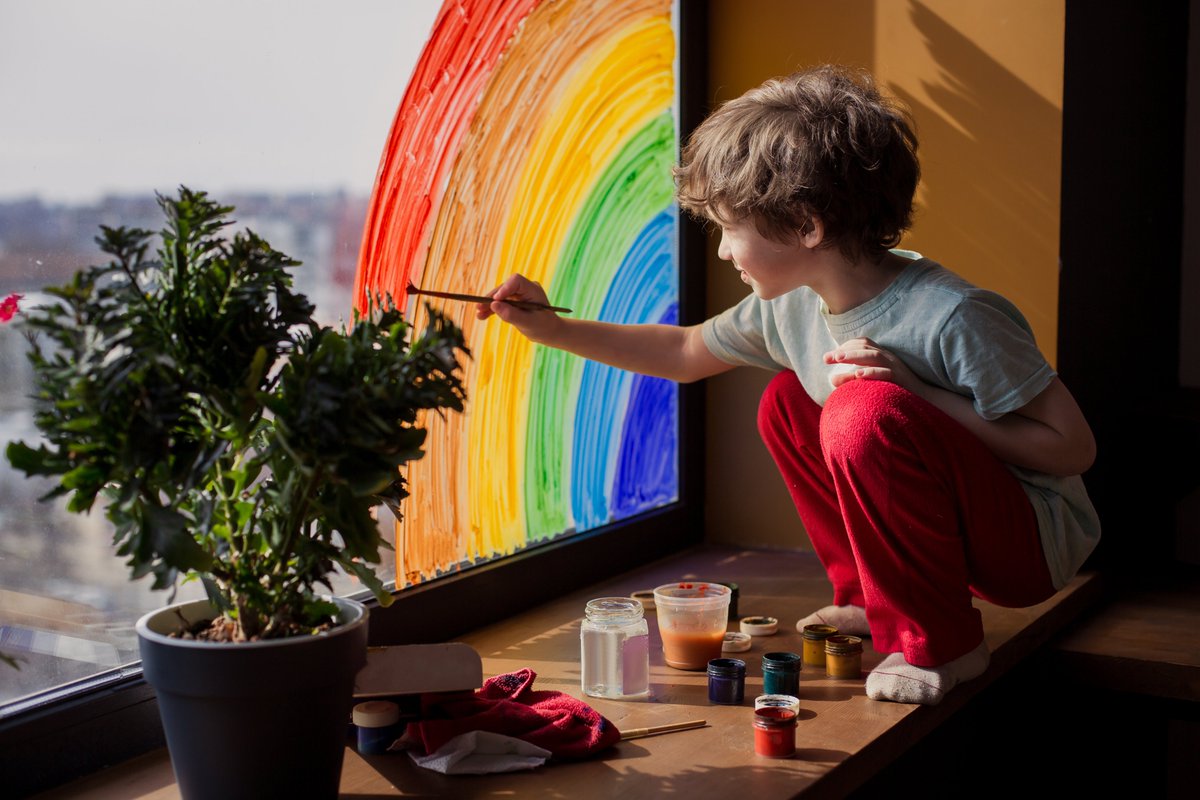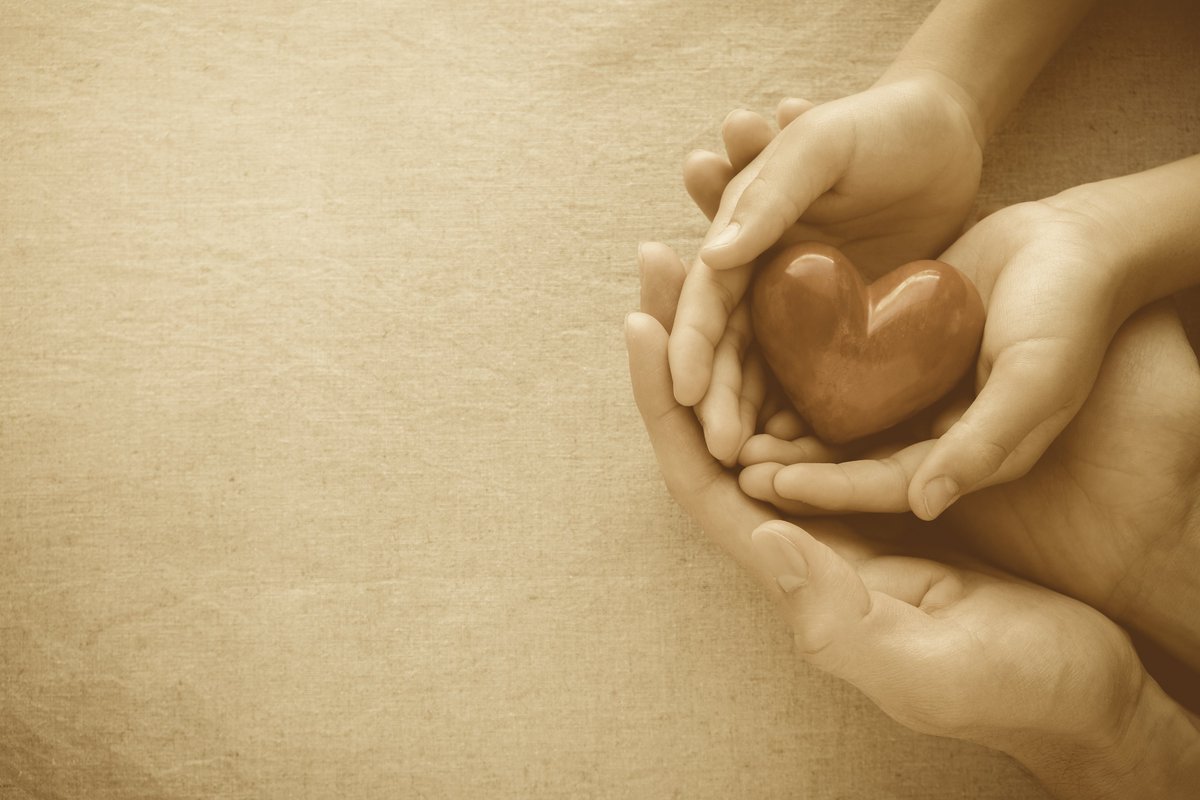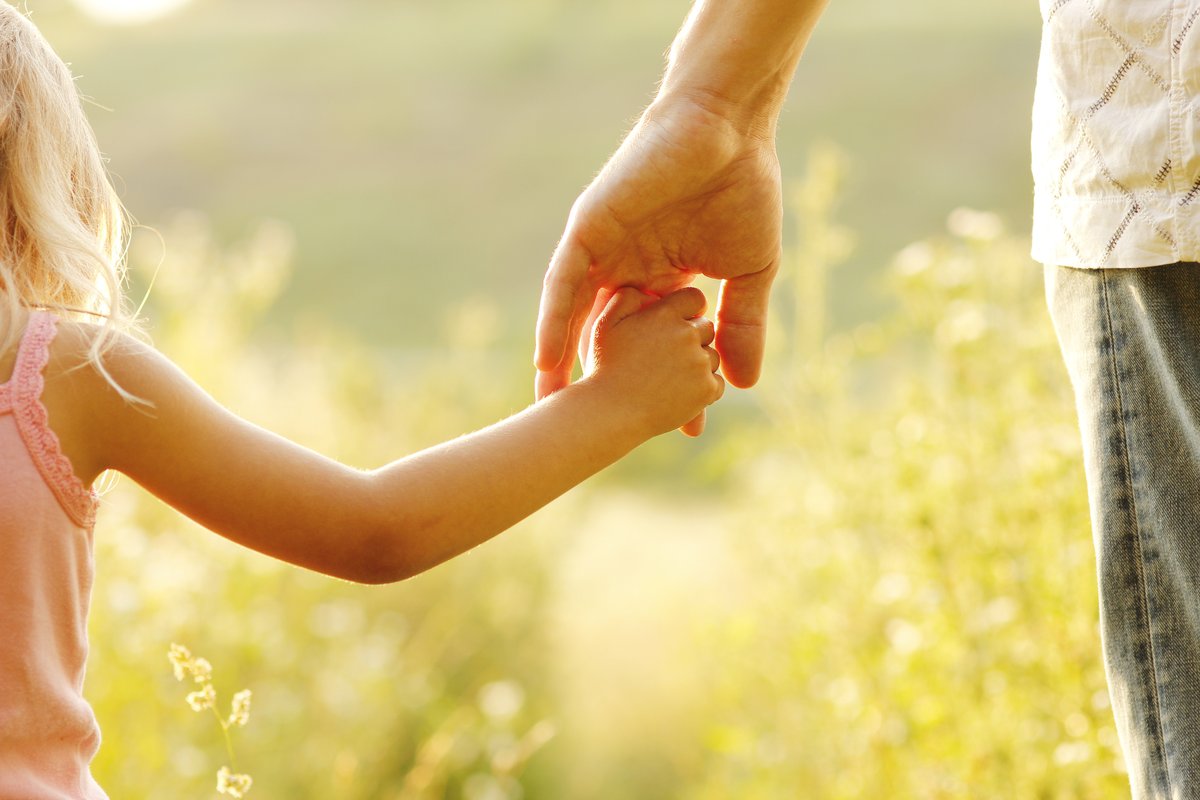
Feeling pretty frustrated hearing the @NZMorningReport interview on Tāmaki Makaurau’s new cycleway plan this morn. Disclaimer – I’m pro cycle lanes and this plan, based on over a decade conducting research on children’s active travel (and sometimes grown-ups too). A long 🧵 

I’ve worked with kids, parents, schools, transport engineers, NGOs, policymakers, the list goes on. Not normally grumpy but this is my lane so I feel that it’s important to share (and get it out of my head at least!).
FYI the interview is here:
rnz.co.nz/national/progr…
FYI the interview is here:
rnz.co.nz/national/progr…
Some background: safe cycling infrastructure is associated with increased active travel, moderate to vigorous physical activity, and overall mobility in kids, see
NB these are important contributors to children's health: bjsm.bmj.com/content/54/24/…
https://twitter.com/MelOliverSmith/status/1495544730805207040?s=20&t=f9uQxi_n6gLpuFR5RHOMmA
NB these are important contributors to children's health: bjsm.bmj.com/content/54/24/…
It's not just our research saying this - an international systematic review and meta analysis showed children with greater access to bike lanes had significantly higher physical activity (95% CI odds of 1.4-1.8):
onlinelibrary.wiley.com/doi/full/10.11…
4/n
onlinelibrary.wiley.com/doi/full/10.11…
4/n
Co-benefits of mode shifts from motorised cars to active modes are substantial - including reducing congestion (cyclists are doing motorists a favour!) and reducing air pollution, eg:
tandfonline.com/doi/abs/10.108…
tandfonline.com/doi/abs/10.108…
A quick dip into adult research -
This recent study found “cycling to work was associated with a 41% lower risk of dying overall [from diseases like cancer and heart disease] compared to commuting by car or public transport.”
bmj.com/content/357/bm…
This recent study found “cycling to work was associated with a 41% lower risk of dying overall [from diseases like cancer and heart disease] compared to commuting by car or public transport.”
bmj.com/content/357/bm…
Our research with kids shows there's myriad other benefits - spending quality time & talking with friends & family, interacting with nature, feeling connected with their community, feeling happy & calm, etc.
tandfonline.com/doi/abs/10.108…
tandfonline.com/doi/abs/10.108…
In this multi-country study from @drkateprend @BMHayward et al children & young people talked of active travel allowing for social inclusion and belonging, autonomy, relaxation & reflection, health, & physical comfort & safety (incl imptce of bike lanes)
link.springer.com/article/10.118…
link.springer.com/article/10.118…
Schools also report a link between active travel and students' learning 👍
sciencedirect.com/science/articl…
sciencedirect.com/science/articl…
A comprehensive understanding from the Aotearoa perspective is presented in @hollyrwalker's amazing report here: drive.google.com/file/d/1XNKaQV…
and discussed further here:
and discussed further here:
https://twitter.com/HelenClarkNZ/status/1326338611134885888?s=20&t=f9uQxi_n6gLpuFR5RHOMmA
And here is what a range of experts from around the country say about the importance of increasing active travel in kids and adults:
sciencemediacentre.co.nz/2019/04/29/act…
sciencemediacentre.co.nz/2019/04/29/act…
There's talk of a BCR of up to 3:1 - but this is probably conservative. Given the range of benefits shifting from motorised to active modes brings and how hard it is to put $ values to these, it's extraordinarily hard to model economic benefits thespinoff.co.nz/nzier/20-06-20…
OK so hopefully the above makes it clear that:
1. bike lanes are important for children's health across a wide range of outcomes, &
2. there are a gamut of benefits to getting people out of cars and onto bikes - not just for the bikers but everyone.
Let's have a coffee break
1. bike lanes are important for children's health across a wide range of outcomes, &
2. there are a gamut of benefits to getting people out of cars and onto bikes - not just for the bikers but everyone.
Let's have a coffee break
OK welcome back. Distance is the main barrier to getting to school actively: sciencedirect.com/science/articl…
This is where the importance of being able to bike comes in - threshold distances for biking are much larger (eg up to 5km) than for walking (~1-2km).
This is where the importance of being able to bike comes in - threshold distances for biking are much larger (eg up to 5km) than for walking (~1-2km).
But safety concerns are 2nd greatest barrier after distance
On that, here are a couple of quotes from the interview: "My view is that, the vast majority of them, the parents make the decisions for their own reasons…"
“it might not be safe for them for any number of reasons…”
On that, here are a couple of quotes from the interview: "My view is that, the vast majority of them, the parents make the decisions for their own reasons…"
“it might not be safe for them for any number of reasons…”
I can tell you the reasons - #1 concern parents have about their kids getting to school actively is safety from traffic:
ncbi.nlm.nih.gov/pmc/articles/P…
ncbi.nlm.nih.gov/pmc/articles/P…

And kids are extremely cognisant of their transport environments - I'm sure you can guess what their biggest concerns are?
Yep - Safety from traffic...
It turns out that "people drive very crazy"
Yep - Safety from traffic...
It turns out that "people drive very crazy"

Conversely, when kids got to experience almost car-free neighbourhoods during lockdowns, they appreciated being able to bike about feeling safe.
auckland.figshare.com/articles/book/…
https://twitter.com/MelOliverSmith/status/1484711115653529600?s=20&t=f9uQxi_n6gLpuFR5RHOMmA
auckland.figshare.com/articles/book/…
Re the quote the "vast majority of people who need to commute, need to commute by car" -
Stats vary but this MoT report showed over half of trips less than 2km were made by car:
transport.govt.nz/assets/Uploads…
Stats vary but this MoT report showed over half of trips less than 2km were made by car:
transport.govt.nz/assets/Uploads…
At the same time, people consistently tell us they want to walk and cycle more. Of course it's complex and some of these short trips will be from trip chaining, not all people can walk/wheel for all activities etc. But >50% of trips under 2km is a lot.
It would be reasonable to assume a good chunk of these could be shifted to active travel modes if the infrastructure allowed for it (note on broader context later). So yes - people do need to commute by car but this is because the infrastructure doesn't facilitate safe cycling.
Disclaimer #2: I own a car & enjoy being warm, dry, & not having to carry heavy loads. But I'd also love to cycle for most trips, I don't cycle because there are NO cycle lanes in my area that allow me to get safely from A-B. Yes I know, case study of 1 but reflected in research
Now, onto the quote that this infrastructure will "provide limited benefits." Maybe not for some, but tell that to the children who will unquestionably benefit. Second, to some extent this comment is right. Comprehensive approaches are needed - and $306m is drop in the ocean.
Stepping outside of my lane this is nothing compared to what is spent on roads. More and sustained investment on cycle lanes is needed to provide connected, safe infrastructure that allows equitable access to active mode choices.
Change will take time (eg see pubmed.ncbi.nlm.nih.gov/25033133/ - and requires a comprehensive, connected approach that also considers the wider transport environment and all its barriers to people participating in active modes.
For example our research with disabled children and young people highlighted the pervasiveness of ableism across the transport sector:
bmcpublichealth.biomedcentral.com/articles/10.11…
bmcpublichealth.biomedcentral.com/articles/10.11…
Can't help but think about the need to stop seeing cyclists and pedestrians as somehow less important or of some magical lower social status than cars & car drivers - eg let's not take space from cars but it's ok for pedestrians to lose space of which there's already not enough
A whopping 41% of drivers in this study rated cyclists as less than 100% ‘human.’ When shown the insect scale, 26% rated cyclists as up to 80 on the sliding scale – ie as insects. Notably this dehumanisation predicted aggressive behaviour towards cyclists
sciencedirect.com/science/articl…
sciencedirect.com/science/articl…

On the shared path vs separated cycle lane argument - anything is better than nothing but shared paths don't work for a range of pedestrians. Separated cycle lanes are....
Have run out of oomph but some takeaways:
Facilitating kids biking to school is essential for individual and community wellbeing
Traffic safety is the greatest concern for kids, parents, schools
We have unmet need for biking
Shared paths are ok but separated cycle lanes are 🙌
Facilitating kids biking to school is essential for individual and community wellbeing
Traffic safety is the greatest concern for kids, parents, schools
We have unmet need for biking
Shared paths are ok but separated cycle lanes are 🙌
Supporting kids to walk and wheel around their neighbourhoods is complex and infrastructure alone is only one piece of the puzzle. Schools and communities play fundamental roles through leadership, relationships, and supporting an active travel culture.
sciencedirect.com/science/articl…
sciencedirect.com/science/articl…

argh sorry pushed tweet before alt-text. Image shows a model for children's active school travel, with 5 distinct but interconnected factors of importance - distance, safety from traffic, personal safety, school factors, and community factors.
• • •
Missing some Tweet in this thread? You can try to
force a refresh








